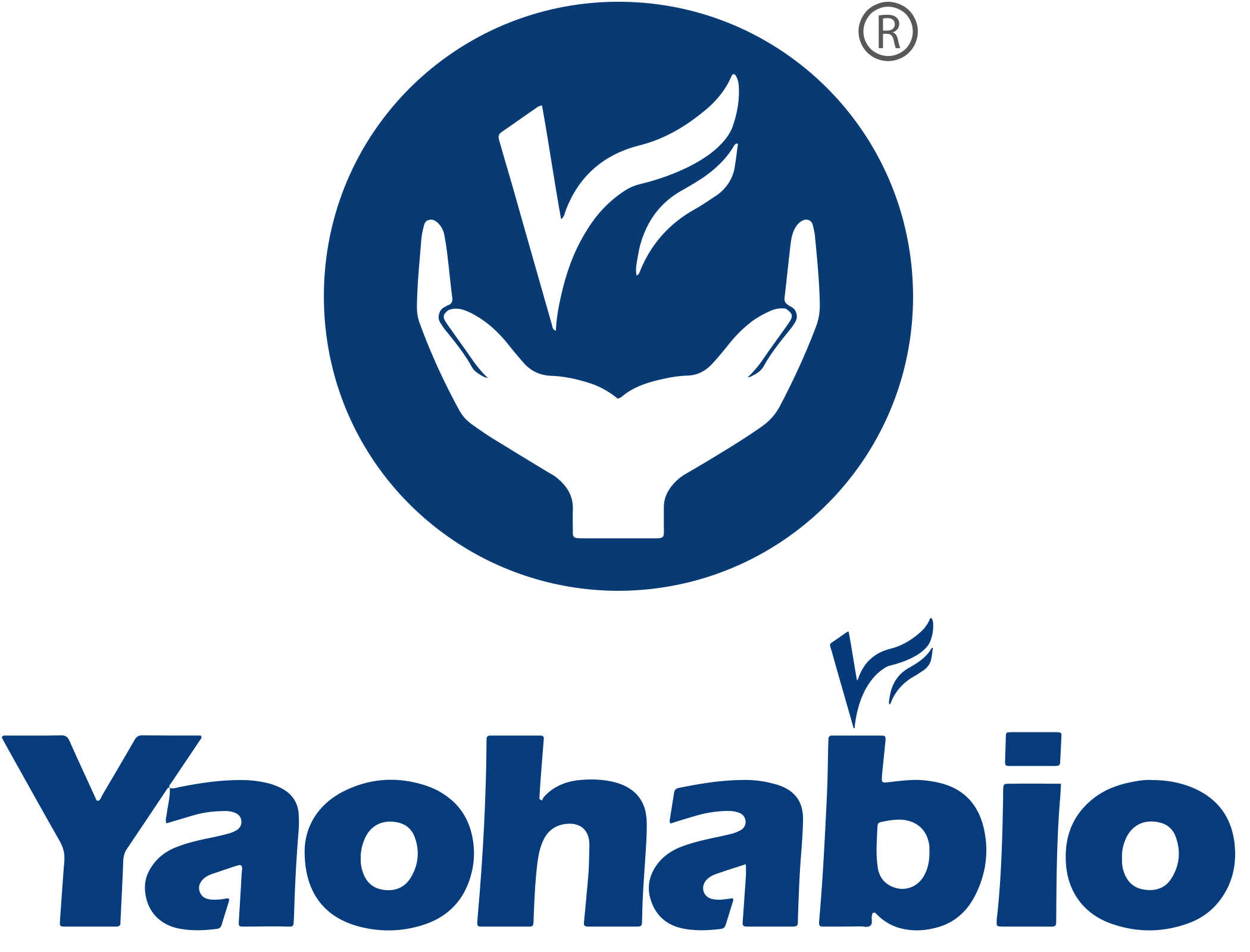Recombinant proteins often see the oxidation of exposed amino acid side chains, such as tryptophan (Trp) and methionine (Met), changing the physicochemical properties of proteins. These changes may in turn contribute to altering the biological functions of the affected proteins, such as loss of binding, reduction of enzymatic activity, unexpectedly rapid clearance. Proteins are important targets for oxidative reactions because they react rapidly with oxidants and are abundant in cells, extracellular tissues, and body fluids.
Therefore, monitoring protein oxidation is critical for successful biopharmaceutical development.
Yaohai Bio-Pharma offers amino acid oxidation analysis service, which allows you to determine the amino acid oxidation by Liquid Chromatography-Mass Spectrometry (LC-MS).
We have been involved in the Protein Structural Characterization of various large molecules, including Recombinant Subunit Vaccines, Nanobodies/ VHHs/ Single-domain antibodies (sdAbs), Antibody Fragments, Hormones/Peptides, Cytokines, Growth Factors (GF), Enzymes, Collagens, etc.
Regulatory Requirements for Amino Acid Oxidation
According to the ICH Q6B guidelines, oxidized forms may be detected and characterized by chromatographic, electrophoretic and/or other relevant analytical methods (e.g., High Performance Liquid Chromatography (HPLC), capillary electrophoresis, mass spectroscopy, circular dichroism).
Analytical Methods
| Analysis |
Methods |
| Amino Acid Oxidation |
LC-MS, Reversed-Phase High Performance Liquid Chromatography (RP-HPLC) or Hydrophobic Interaction Chromatography High Performance Liquid Chromatography (HIC-HPLC) and mass spectrometry |
Analytical Procedures
1. Sample preparation
2. LC-MS
3. Data analysis
Tryptophan (Trp) residues are especially prone to oxidation because of the high reactivity of the aromatic indole with reactive oxygen species. Trp oxidation requires some exposure of Trp residues that are normally buried in the three-dimensional structure of the protein.
However, when Trp residues are oxidized, they can transform into a variety of products with very different properties from the original Trp. The most common pathway for Trp oxidation includes the formation of N-formylkinurenine (Mass difference: +32).
Another commonly oxidized amino acid is methionine. The sulfur atom in the Met residue can accept either one or two oxygen atoms leading to the formation of sulfoxide (Mass difference: +16) or sulfone (Mass difference: +32), correspondingly. This modification is relatively common due to the typically high surface exposure of Met.

 EN
EN
 AR
AR
 HR
HR
 CS
CS
 DA
DA
 NL
NL
 FI
FI
 FR
FR
 DE
DE
 EL
EL
 IT
IT
 JA
JA
 KO
KO
 NO
NO
 PL
PL
 PT
PT
 RO
RO
 RU
RU
 ES
ES
 SV
SV
 IW
IW
 ID
ID
 LV
LV
 LT
LT
 SR
SR
 SK
SK
 SL
SL
 UK
UK
 VI
VI
 ET
ET
 HU
HU
 TH
TH
 TR
TR
 FA
FA
 AF
AF
 MS
MS
 BE
BE
 MK
MK
 UR
UR
 BN
BN

